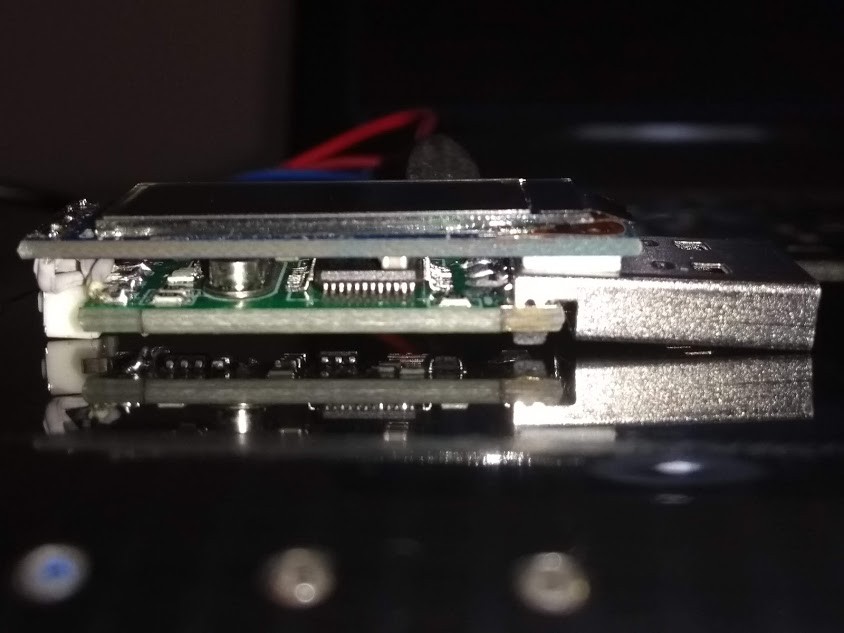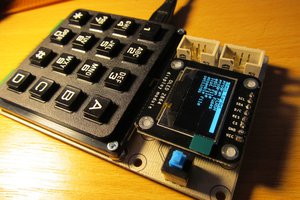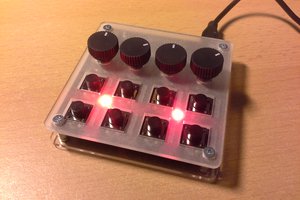Hardware
The following are targeted features for the hardware:
- Based on ST-Link V2 dongle (considering the variants found in the wild)
- Two hardware push-buttons
- Embedded OLED display (128x32, 0.91', I2C)
- 3D printed case, including hole for carrying around in your keychain
Software
 Matias N.
Matias N.





 jaromir.sukuba
jaromir.sukuba
 WJCarpenter
WJCarpenter
 dariocose
dariocose
 Stefan Lochbrunner
Stefan Lochbrunner
Great project, I tried the firmware from https://github.com/gl-sergei/u2f-token with a Blue Pill and works fine, but its only FIDO 1.0
I also have another blue pill with a Gnuk token I am testing out.